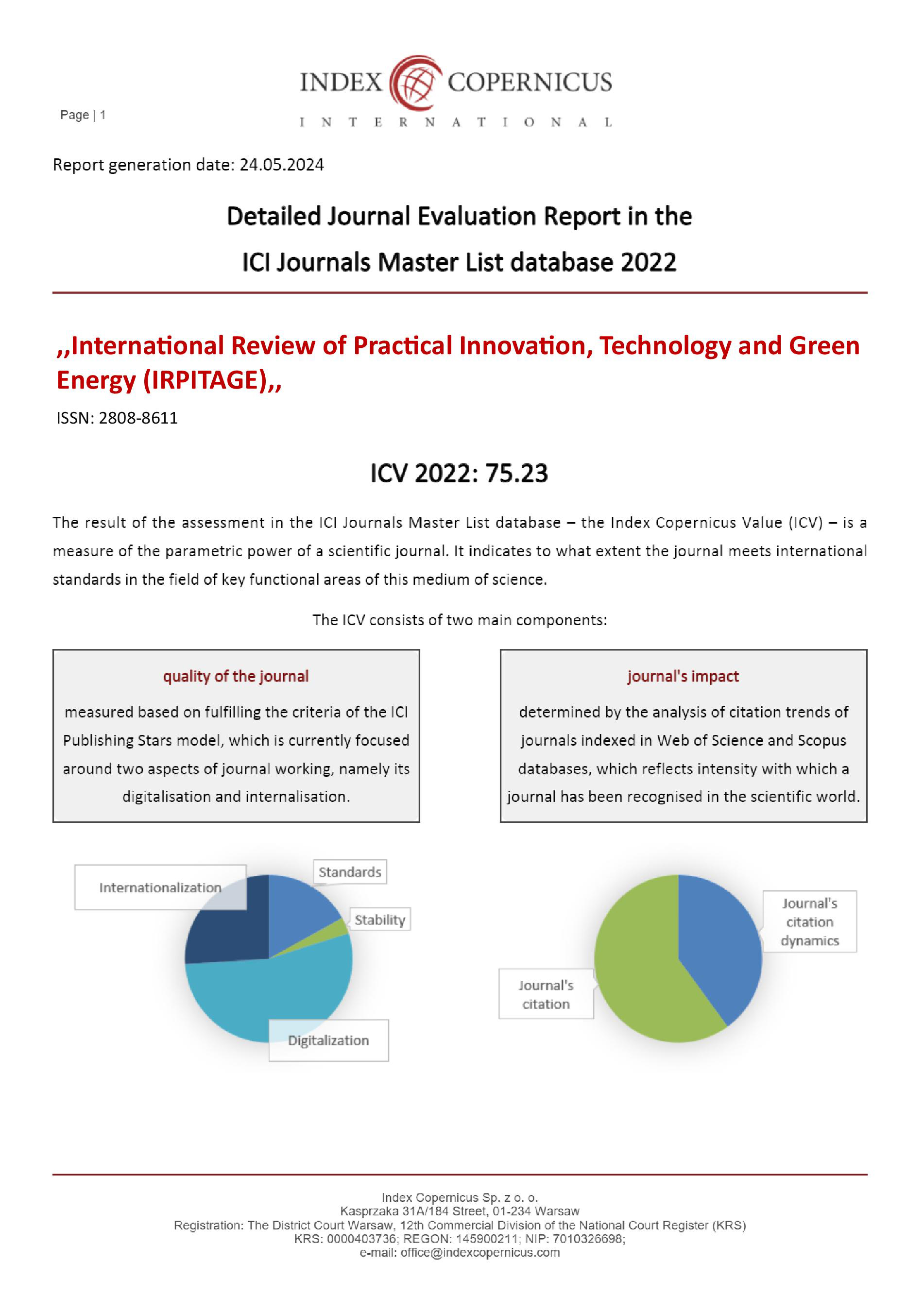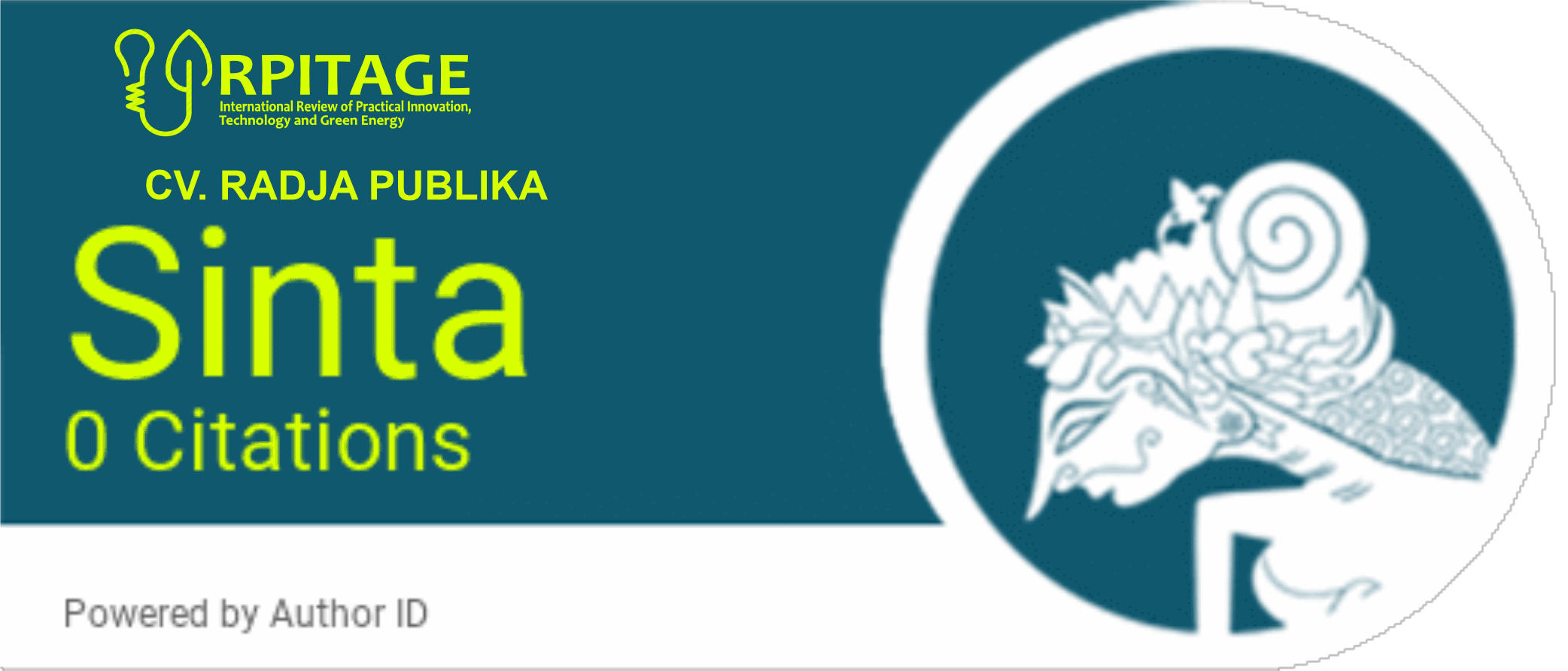"UNLOCKING THE POWER OF CORE STRENGTH: EXPLORING THE IMPACT ON KEY PULMONARY VARIABLES (VO2 AND FEV1)"
Main Article Content
Gowhar Ahmad Thokar
Professor Dharamveer Singh
For the purpose of the study 45 students from Government Higher Secondary school Barbugh Imamsahib Shopian India were selected as subjects. The subjects were divided into three (3) groups of fifteen (15), namely yogic practice group, core strength and combined training group. The VO2max (Maximum oxygen consumption) and FEV1 (Forced Expiratory Volume One Second) were selected as variables. The selected subjects were given training for 12 weeks, 4 days a week and 45 to 60 minutes per day with suitable warming up and cooling down exercise. The criterion variables were tested prior to and immediately after the training programme. The collected data were analysed using ANCOVA (analysis of covariance) and Scheffes post hoc test was applied to know the paired mean differences if the optioned ‘F’ ratio was significant. The level of significance fixed at 0.05. After investigate the study, there was a significant difference among experimental groups on selected VO2max and FEV1 parameters.
American College of Sports Medicine (1998). ACSM guidelines on exercise and physical activity for elderly Adults.Med. Sci. Sports Exerc. 30:992–1008.
Baechle, T. R (1994). Essential of Strength Training and Conditioning. Champaign, IL: Human Kinetics.
Balabinis C.P et al (2003). Early phase changes by combined endurance and strength training. J Strength Cond Res (17)2: 393-401.
Brooks, G. A (2000). Exercise Physiology: Human Bioenergetics and Its Applications. Mountain View, CA: Mayfield Publishing Company.
Degens H, Rittweger J, Parviainen T, Timonen KL, Suominen H, Heinonen A, Korhonen MT (2013). Diffusion capacity of the lung in young and old endurance athletes. Int J Sports Med.; 34(12):1051-7. http://dx.doi.org/10.1055/s-0033-1345137.
Dudley GA, Djamil R (1985). Incompatibility of endurance andstrength-training modes of exercise. J ApplPhysiol 59: 1446–1451
Frontera, W. R et al, (1990). Strength training and determinants of VO2max in older men. J. Appl. Physiol. 68:329– 333.
Galy O, Ben Zoubir S, Hambli M, Chaouachi A, Hue O, Chamari K (2014). Relationships between heart rate and physiological parameters of performance in top-level water polo players. Biol Sport. 31(1):33- 8. http://dx.doi.org/10.5604/20831862.1083277
. Garcia-Lopez D et al (2007). Effects of strength and endurance training on antioxidant enzyme gene
. Glowacki SP et al (2004). Effect of resistance, endurance, and combined exercise on training outcomes in men. Med Sci. Sport Exerc 36(12):2119-2127.
Hennessy LC, Watson AWS (1994). The interference effects of training for strength and endurance simultaneously. J Strength Cond Res 8:12–19.
Leveritt M et al, (1999): Combined strength and endurance. Sports. Med. 28, 413–427











